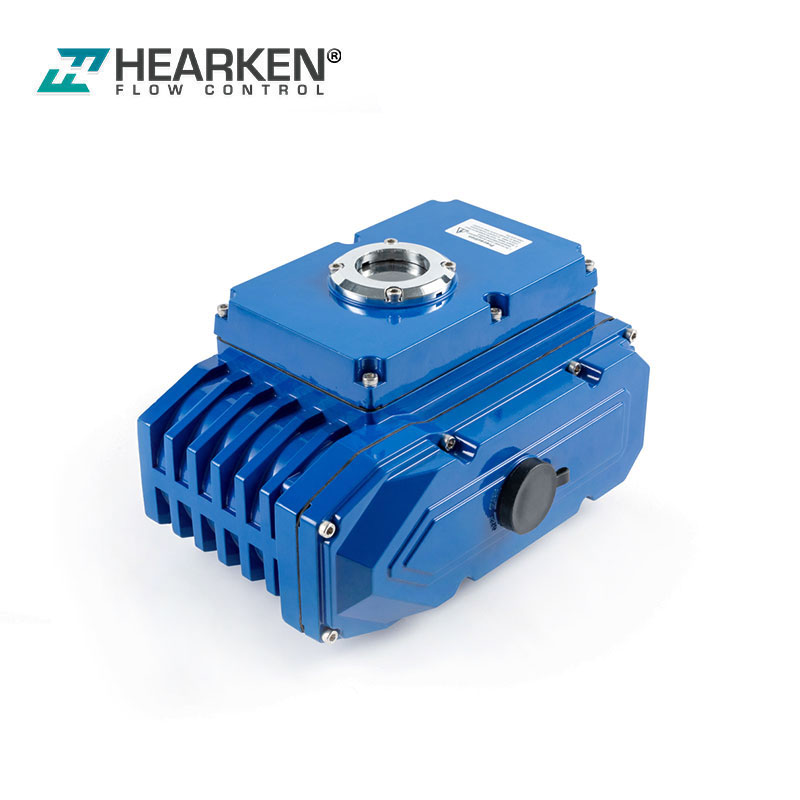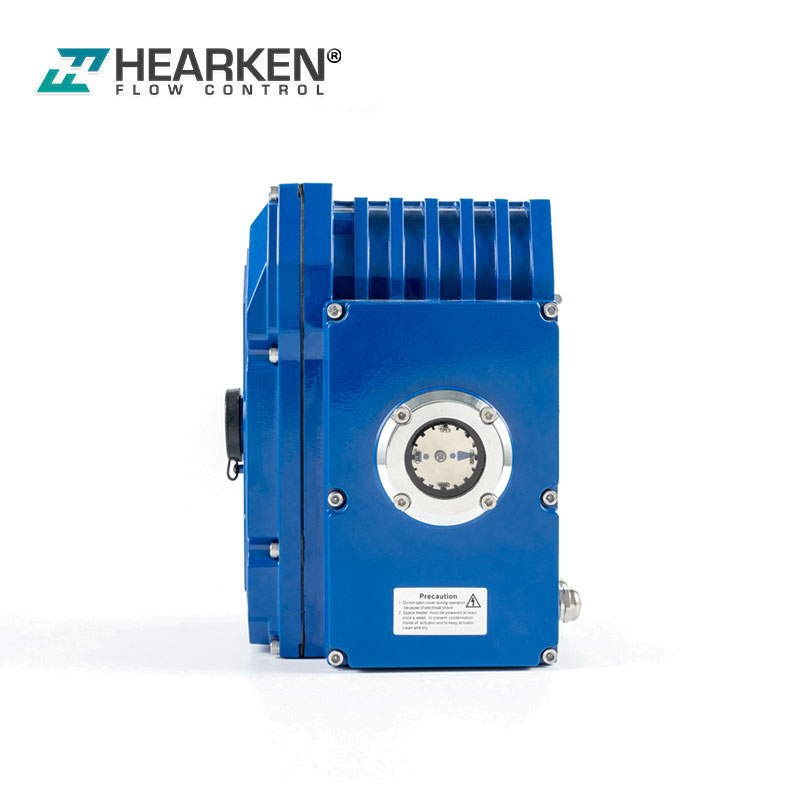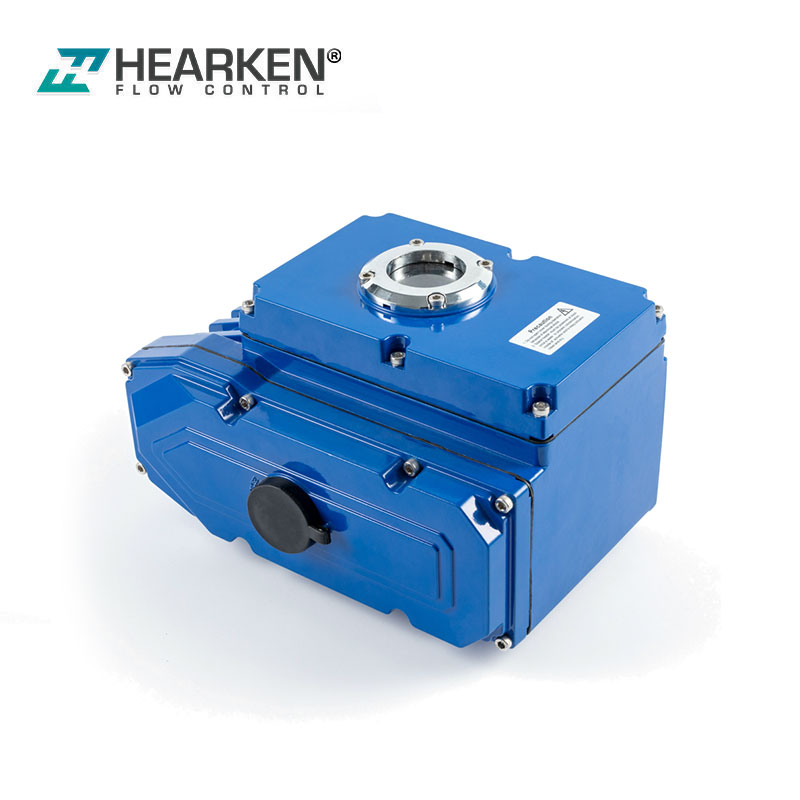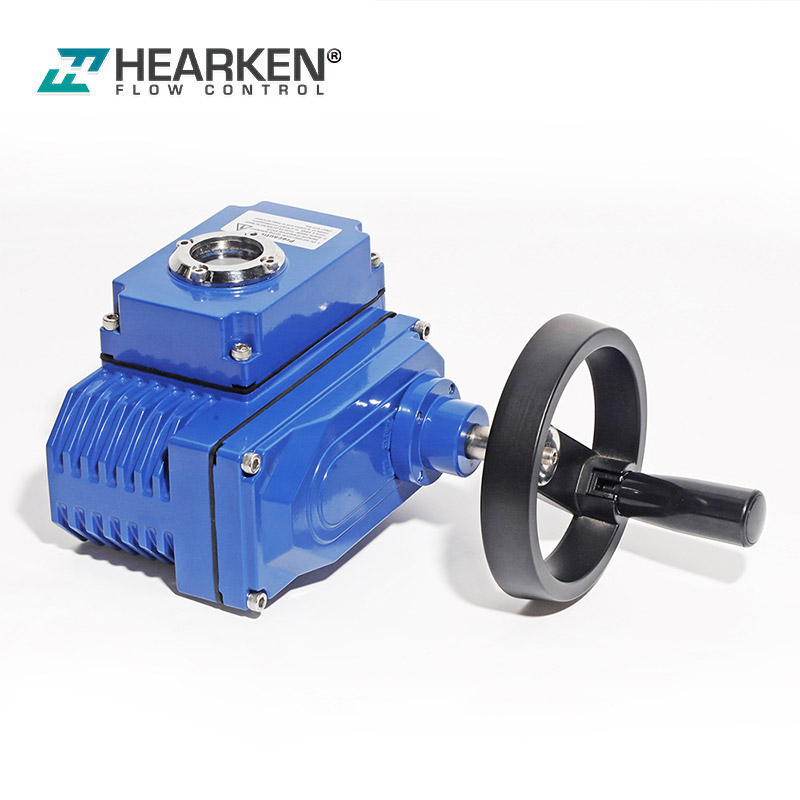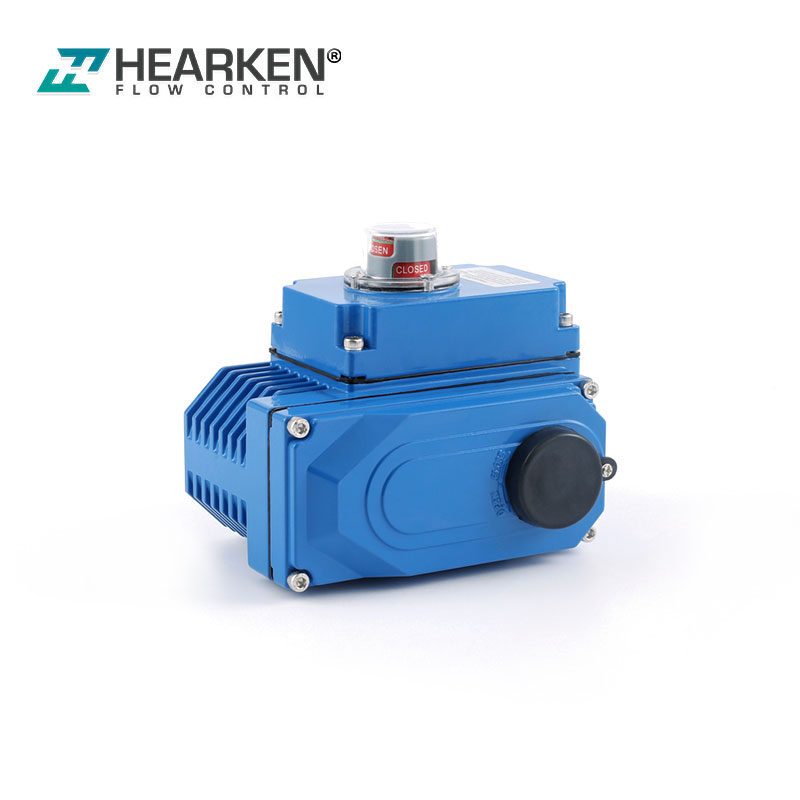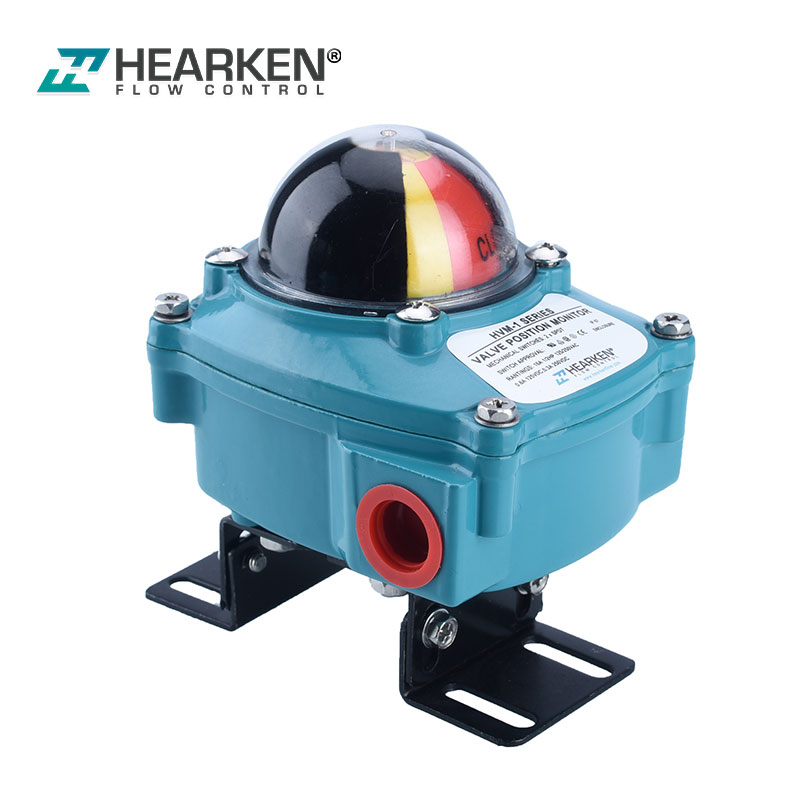What is the electric actuator
Electric actuators are essential components in automation across various industries due to their precision and efficiency. They effectively convert electrical energy into mechanical motion, allowing for enhanced control and adaptability in numerous applications.
Understanding the Functionality of Electric Actuators in Automation
Electric actuators play a pivotal role in automation by converting electrical energy into mechanical motion, enabling equipment and machinery to operate efficiently. These devices function through the interaction of electric motors, gears, and other components, which work together to facilitate precise control over movement.
By adjusting input parameters such as voltage and current, electric actuators can achieve various speeds and positions with high accuracy. This adaptability allows them to meet the diverse needs of automated systems across industries.
Below is a table highlighting some key functionalities of electric actuators:
|
Functionality |
Description |
|
Position Control |
Enables precise movement to specific angles or locations. |
|
Speed Regulation |
Adjusts the speed of operation based on system requirements. |
|
Force Control |
Maintains constant force during operation, essential for heavy loads. |
|
Automation Integration |
Interfaces seamlessly with control systems for automated processes. |
With their ability to streamline operations and reduce manual intervention, electric actuators contribute significantly to advancements in manufacturing, robotics, and more.
Exploring Various Types of Electric Actuators Available in the Market
Electric actuators come in various types, each designed for specific applications and functions.
1.Linear Electric Actuator: Provides straight-line motion for conveyors and automated doors.
2.Rotary Electric Actuator: Delivers rotational movement for valves and robotic arms.
3.Voice Coil Actuator: Enables precise control in sensitive operations.
4.Stepper Motor Actuator: Ensures accurate positioning in motion applications.
Each type of electric actuator plays a vital role in automation, offering flexibility and efficiency across diverse industries. By understanding these options, businesses can choose the most suitable actuator to meet their operational needs effectively.
Key Applications of Electric Actuators Across Different Industries
Electric actuators play a vital role in various sectors by facilitating automation and enhancing operational efficiency.
1.Manufacturing: Controls assembly line machinery for precision and speed.
2.Automotive: Powers throttle control and window operation systems.
3.Aerospace: Manages critical functions like flap and landing gear adjustment.
4.Packaging: Automates filling and sealing processes in production lines.
5.Climate Control: Regulates dampers and valves for efficient airflow and temperature management.
Overall, the versatility of electric actuators makes them a key component across different industries seeking automation solutions.
How Electric Actuators Transform Electrical Energy into Motion
Electric actuators operate by converting electrical energy into mechanical movement. This process typically involves the use of a motor, which may be either AC or DC, to drive a mechanism such as a gear train or lead screw.
As the motor spins, it generates motion that translates into linear or rotational displacement, depending on the actuator's design.
One benefit is their ability to provide precise control over movement, making them ideal for automation applications.
Various designs of electric actuators can enhance their performance in specific tasks, allowing them to suit different industrial needs.
The Benefits of Incorporating Electric Actuators in Modern Automation
Electric actuators offer several advantages in modern automation systems:
1.High Precision: Delivers fine motion control for accuracy-critical tasks.
2.Energy Efficiency: Consumes less power than pneumatic/hydraulic systems.
3.Compact Design: Enables easy integration into diverse applications.
4.Low Maintenance: Reduced moving parts and no fluid systems minimize downtime.
5.Operational Intelligence: Supports automated adjustments for smarter processes.
By integrating electric actuators into automation solutions, businesses can streamline operations while achieving greater flexibility and responsiveness to changing production requirements.
Comparing Electric Actuators to Other Types of Actuation Solutions
When evaluating electric actuators alongside other actuation solutions like hydraulic and pneumatic systems, several factors differentiate them.
Electric actuators offer precise control, making them ideal for applications requiring accurate positioning. Unlike hydraulic systems, which often necessitate complex piping and fluid management, electric actuators are more straightforward to install and maintain, reducing overall operational costs.
In contrast to pneumatic actuators known for their high-speed capabilities, electric actuators can provide better energy efficiency, especially in scenarios requiring less frequent motion.
Additionally, the low noise levels of electric systems make them preferable in environments where quiet operation is essential.
Overall, the choice between these types hinges on specific application requirements such as speed, precision, maintenance costs, and installation complexity.
Factors to Consider When Choosing an Electric Actuator for Your Project
When selecting an electric actuator, several factors should be weighed to ensure optimal performance for your project.
1.Torque & Speed Rating: Match specifications to application motion requirements.
2.Environmental Tolerance: Verify operational stability under temperature, humidity, and contaminant exposure.
3.Size & Mounting Configuration: Ensure physical compatibility with installation space constraints.
4.System Integration: Check control interface compatibility with existing equipment.
5.Reliability & Maintenance: Prioritize robust designs with minimal service needs.
Taking these factors into account will help you make an informed decision tailored to your specific needs.
Conclusion
With advances in technology continuously enhancing their capabilities, the role of electric actuators is likely to expand further. As businesses seek to improve productivity and reduce costs, understanding the specific advantages and functionality of electric actuators will empower them to tailor solutions that best fit their operational needs.
Act now!
Contact our customer service team for free shopping guides and the latest product catalogs!

